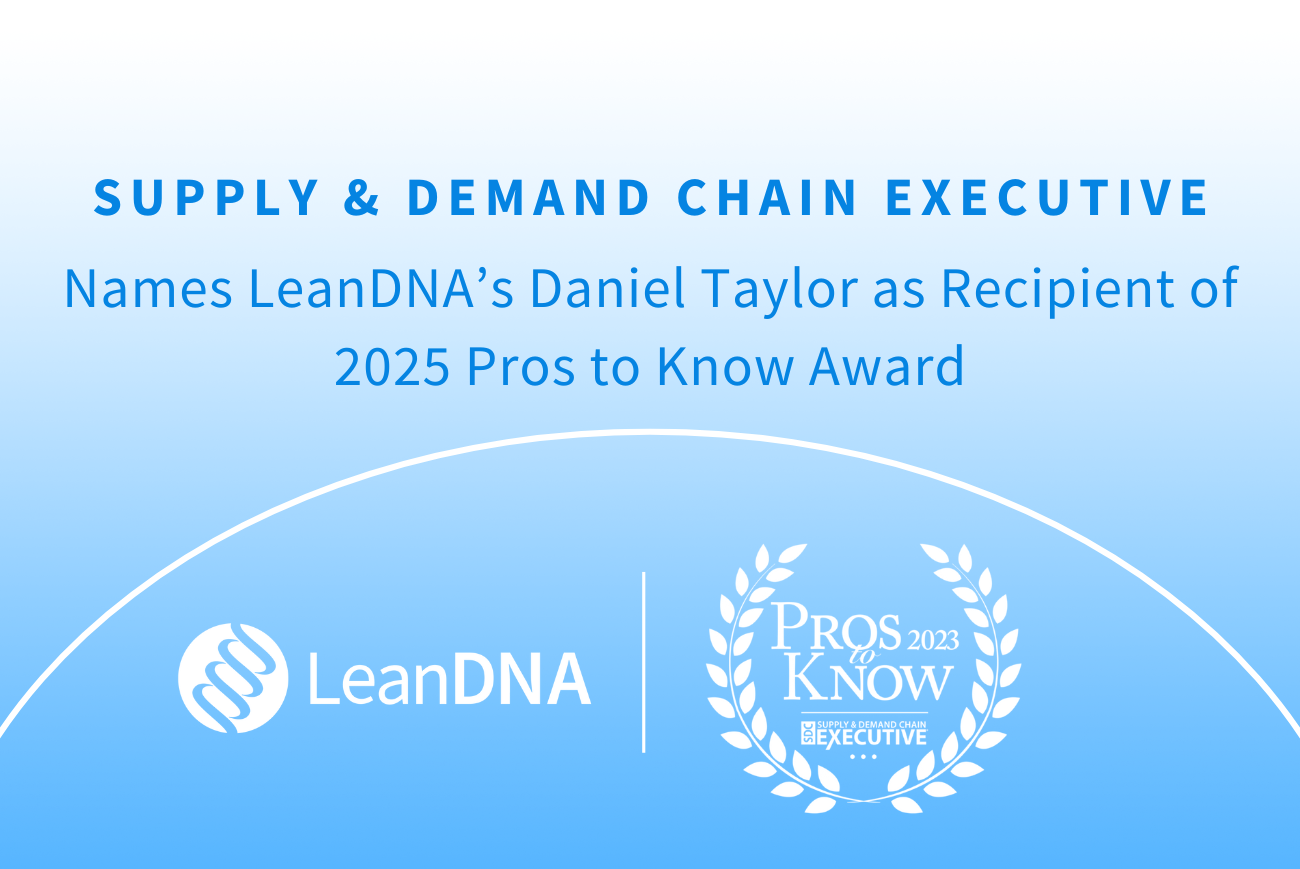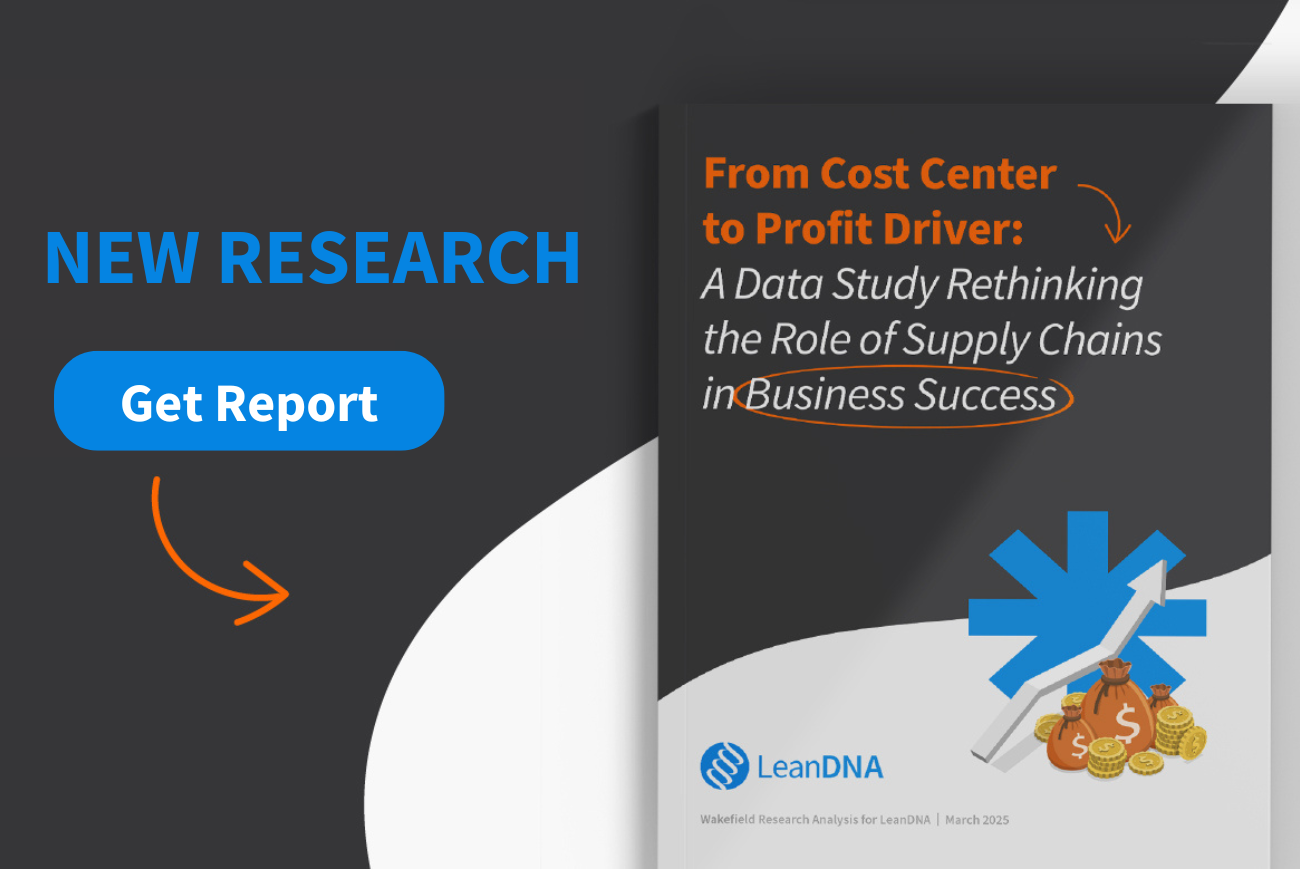Leveraging Data-Driven Insights for Strategic Decision Making
Welcome to Chapter 1 of our newest eBook Factory Forward: Navigating Next-Gen Supply Chain Operations. This ebook serves as a comprehensive guide to navigating the complexities of modern supply chains, drawing insights from real-world case studies and recent research. We'll be releasing 1 chapter of the eBook per week over the next 5 weeks. If you can't wait that long for the full eBook, we can't blame you. Click here to download the full eBook today.
In the age of big data, harnessing data-driven insights has become imperative for supply chain leaders to make informed decisions and drive strategic initiatives. The digital era has ushered in an unprecedented volume of information, transforming how organizations navigate the complex landscape of global supply chains. Yet, with 76% of supply chain executives acknowledging the existence of critical blind spots due to a lack of predictive data, the challenge becomes not just about collecting data, but making it actionable. Furthermore, as organizations dedicate an average of 35% of their time to manually entering, tracking, or managing data, the inefficiency of traditional data management processes is brought into sharp focus. This scenario underscores a pressing need for more sophisticated data management strategies that not only streamline operations but also unlock the potential of data to drive strategic initiatives. Against this backdrop, leveraging data-driven insights emerges as an imperative, not just for enhancing operational efficiency, but for cultivating a competitive edge in the increasingly complex and unpredictable environment of supply chain management.

What can you do?
Implement Advanced Analytics Tools: Invest in advanced analytics tools and technologies to analyze large volumes of data, uncover insights, and identify opportunities for improvement. Leverage predictive analytics, machine learning, and AI-driven algorithms to improve forecasting accuracy, identify trends, and optimize inventory levels.
Establish Data Governance Framework: Develop a robust data governance framework to ensure data quality, integrity, and security across the organization. Define data standards, policies, and procedures for collecting, storing, and analyzing data, and establish accountability mechanisms to maintain data accuracy and consistency.
Foster Data-Driven Culture: Cultivate a data-driven culture within the organization by promoting data literacy, training employees on data analysis tools and techniques, and encouraging data-driven decision making at all levels. Empower employees to access and analyze data independently, and incentivize data-driven behaviors to drive continuous improvement.
Johnson Controls Reduces Lead Times with Real-Time Visibility
Johnson Controls, a global leader in building technology and services, faced challenges with siloed data and disparate systems hindering visibility and collaboration across their supply chain network. By implementing LeanDNA's cloud-based platform, Johnson Controls achieved real-time visibility into inventory levels, supplier performance, and production processes. As a result, Johnson Controls improved efficiency, reduced lead times, and enhanced customer satisfaction.

For a detailed analysis of the supply chain insights presented in this chapter, read the Supply Chain Readiness Index research study, conducted by Wakefield Research on behalf of LeanDNA. The research provides valuable insights from 250 supply chain executives, key findings, and actionable recommendations to help organizations navigate the challenges and opportunities of the modern supply chain landscape.
Click here to download the full eBook. Ready to see LeanDNA in action? Click here to schedule a demo.



